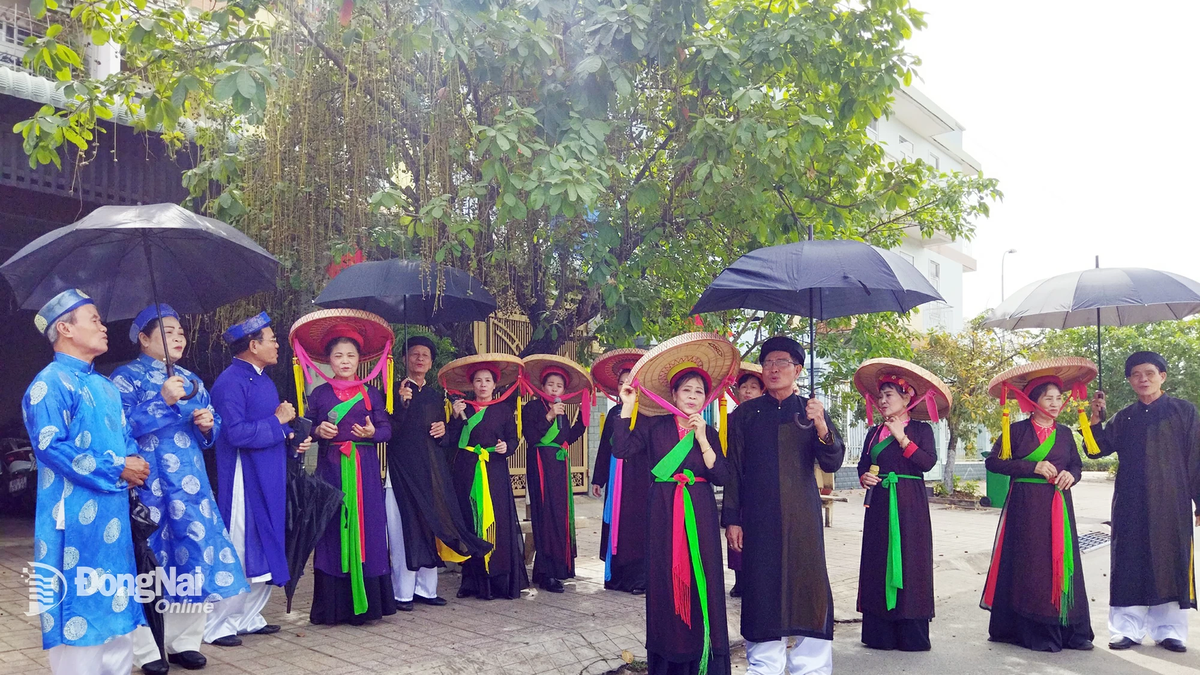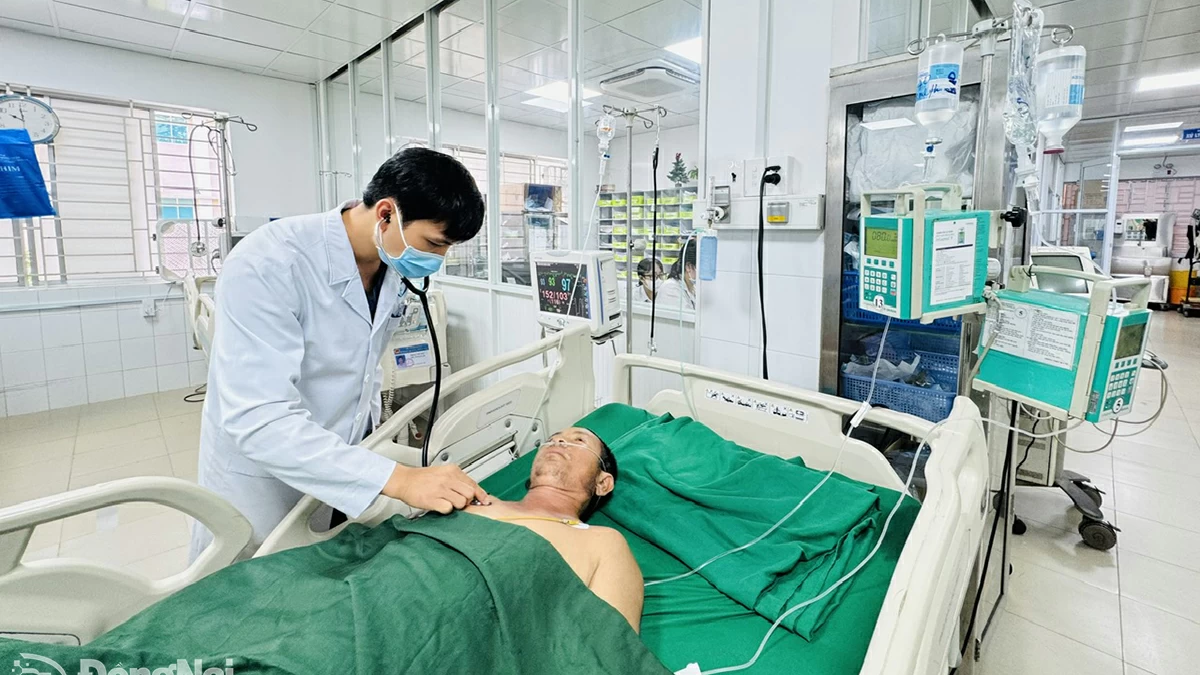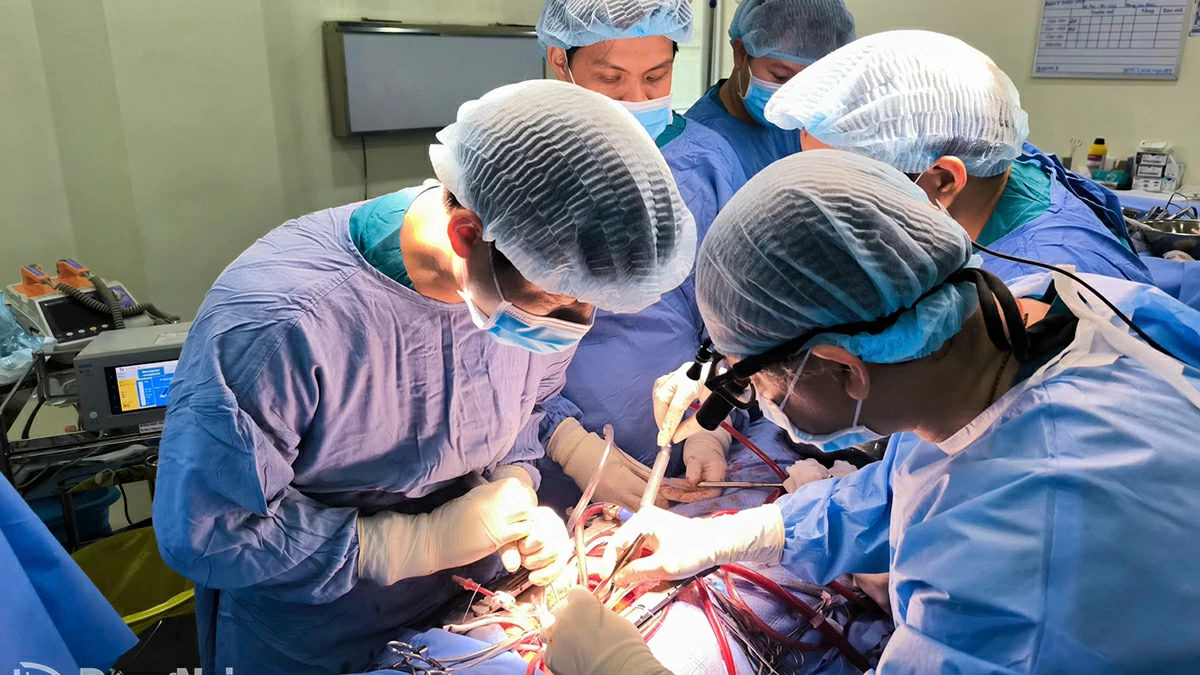A study in India found that between 1995 and 2021, 80% of living organ donors were women, mostly wives and mothers. While recipients were mostly men.
Illustration photo: Online Law Newspaper
A new study in India has added to growing evidence that organ donors are predominantly female, especially in Asia, while organ recipients are predominantly male.
This shows that gender inequality against women is present in every aspect of life, even in health.
Women are always donors
The report, released on November 15, based on data from the National Organ and Tissue Transplantation Organization (NOTTO) in New Delhi, India, found that from 1995 to 2021, 80 percent of living organ donors were women, mostly wives and mothers. While the majority of recipients were men.
That study’s findings echo a 2021 report from the Asian Society of Transplantation, headquartered in South Korea. Based on data from 13 locations in the Asia- Pacific region , it found that about 60% of living kidney donors were women. And the proportion of female living kidney donors outpaced the number of male living kidney donors everywhere except Hong Kong, Pakistan, and the Philippines.
The report also found that women were less likely to receive implants than men.
In Bangladesh, the rate of women receiving kidney transplants from living donors is only 18%.
Doctors say there is no fundamental medical reason why men need organ transplants more often than women.
“We have to assume that the prevalence of diseases that lead to the need for transplants affects men and women to a similar extent. If women who need transplants are not treated, it is definitely a problem,” Dr Anil Kumar, director of NOTTO, told The Indian Express.
One explanation researchers offer for the gender gap among organ donors in Asia is that men are often seen as “breadwinners,” so their health is a priority in families.
The cultural and social factors that lead to these differences cannot be seen only in Asia but are also observed in the West.
In 2022, the Council of Europe's Organ Transplant Committee reviewed data from nearly 60 countries and found that women remained the leading source of organs from living donors at 61.1%.
“Men continued to receive the majority of transplanted organs in 2019. Men received 65% of kidneys, 67% of livers, 71% of hearts, 60% of lungs, and 58% of pancreases,” the report said.
However, the gap is even more pronounced in countries like Bangladesh and India, reflecting the economic and social pressures that women in some developing countries still face.
“Cultural pressures affect most women globally because women feel they are under pressure and disadvantaged because men are often the primary source of income for the family,” says cardiologist Sanjay Zutschi.
In a paper in the journal Transplantation, the authors wrote: “The loss of income during evaluation, surgery, and recovery… ‘dissuades’ men from donating and thus ‘forces’ their wives to become donors. Indeed, family pressure on women is increasing.”
The link between organ donation and women's status
According to Dr Srivari Bhanuchandra, organ transplant coordinator at Osmania General Hospital in Hyderabad, India, families believe that if anything happens to a woman after donation, it will not be too serious because she is usually a housewife, especially in low-income households.
“The feeling is that if something happens to a woman, it's not as bad as if something happens to a man,” Bhanuchandra said.
Like other doctors, he said it was rare for a husband to donate organs to his wife. In some cases, men took organs from their wives, even if they had a brother who would have been an ideal donor.
The emotions surrounding organ donation are complex. Doctors cite examples of Indian husbands who offer to donate to their wives, but they refuse because they feel “guilty.”
“Even if the woman initially accepts the offer, she is pressured not to accept because her in-laws – and even her own parents – discourage her,” says Bhanuchandra. “But in the opposite situation, when the husband needs it, both sets of parents advise her to donate.”
The link between organ donation and women’s status appears to be strong. Research by the Asian Society of Transplantation found that the lowest rate of living female organ donors came from the Philippines, at 50%.
“This could be explained by the high social status of women in the country. The study said the Philippines follows matriarchy as a social norm.
For Dr Sandeep Guleria, a transplant surgeon at Apollo Hospitals in Delhi, the situation is reversible. He says more and more people are coming for consultation at his hospital.
At Apollo, the numbers are now roughly even, with the percentage of donations from women dropping from about 75% a decade ago to 51% this year, which the hospital says is partly due to doctors taking a position of reassuring men that they will be fine after surgery.
However, the Asian Society of Transplantation 2022 report noted that “the disparities they collected have not decreased at all”./.
(Vietnam+)
Source





































































































Comment (0)